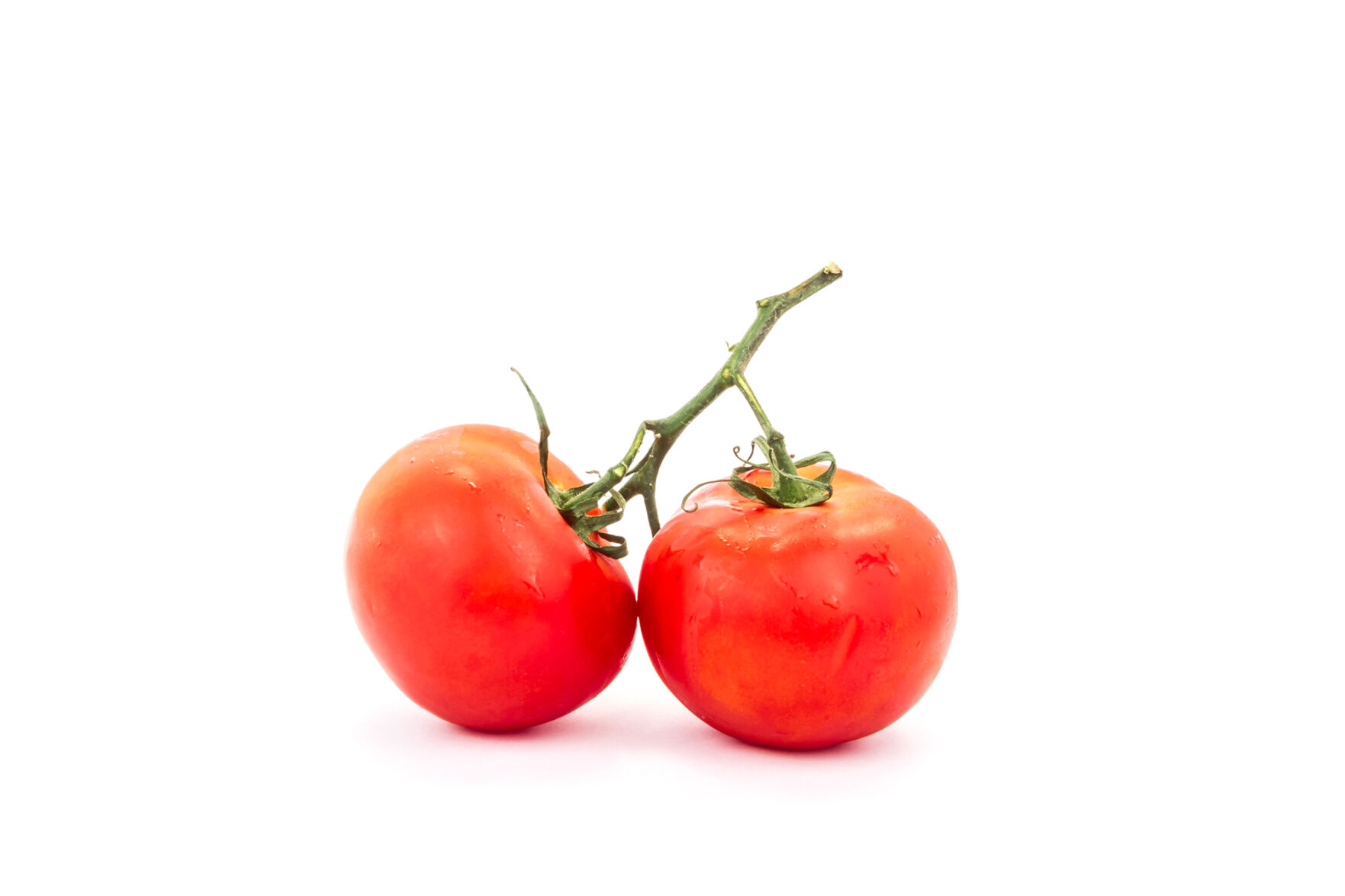Step aside, cold-weather crops. We’re near prime time for welcoming some sun-worshipping produce to our beds. Here are three suggestions for spring crops to plant and pointers to help them prosper—starting with planting them in a place where they’ll get eight to 10 hours of sun daily.
Tomatoes
Wait for the last frost, then plant—this could be considered the cardinal rule for when to introduce tomatoes to your garden. (If you’re beginning from seed, grow your starters indoors six to eight weeks before that last frost.) When you’re ready to transplant, remove the bottom set of leaves. For the sturdiest stem, plant the starter about 1/4 inch deep in well-draining soil, all the way up to the bottommost remaining set of leaves. Water evenly at regular intervals. Most harvest times are between 60 and 90 days from seed and may differ by variety. Pluck fruits that are even in color and firmness.
Sweet corn
May is the sweet spot for planting your sweet corn seeds. Do so in well-draining soil, one to two inches deep and spaced four inches apart. Pro tip: Plant your seeds in blocks, not rows, to curb the chances of cross-pollination. Corn is a wind pollinator; it’s also a grass that requires deep watering and frequent nitrogen fertilization. Germination should occur in seven to 14 days. In 60 to 70 days, check for ripeness by making a small slit through the husk about halfway down the ear and piercing a kernel of corn with your thumbnail. If the liquid is milky white, the corn is ready to harvest!
PARTNER CONTENT
Watermelons
Begin with a soil temperature check before sowing your watermelon seeds—your well-draining soil should be between 70 and 85 degrees Fahrenheit. Plant seeds 1/2 inch deep and spaced three to four inches apart. Watermelon vines can grow 10 to 15 feet long, so consider growing them vertically on an A-frame trellis and using a sling to support the fruit. In 70 to 90 days, do the three-part test to determine whether your watermelon is ripe: First, tap and listen for a hollow sound; second, find a yellow spot where the melon rested on the ground; third, look for a dry curly tendril next to the stem.
Thank you to San Diego County Master Gardener Jodi Bay for the tips provided here. Hungry for more advice? Check out Let’s Grow Together San Diego, an evolving list of resources available here.

















